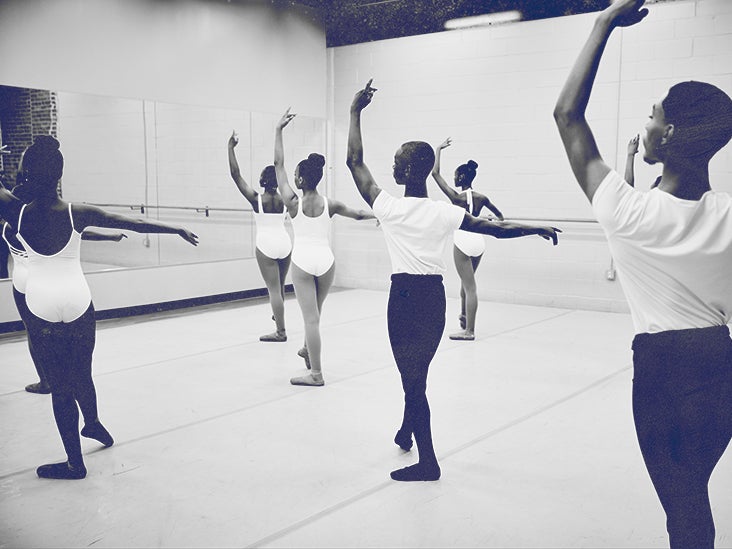I apologize for mistakenly interpreting what you were saying.
The first two links you gave are to the same study of data from the National Health and Nutrition Examination Survey (NHANES) from 2011-2012, which
analyzed data from a subset of male children (age 6–11 years), male adolescents (age 12–19 years), female children (age 6–11 years), and female adolescents (age 12–19 years). Participants with missing data on blood metal levels, serum TT, and covariates were excluded from the analysis. In the final sample size, we assessed data from 431 male children, 493 male adolescents, 426 female children, and 470 female adolescents.
The way the researchers categorized the kids is strange in my view. It's misleading to lump girls age 6-11 all together in one category as though they're all one and the same because at 9, 10 and 11 many girls will already be well into puberty of adolescence, whereas most girls of 6 and 7 will still be pre-pubescent. At 10 and 11, quite a few girls will be menstruating already. Some girls start their periods at 9.
Research of this kind would be far more helpful if instead of categorizing kids solely by age, it categorized them by the developmental stages they are in as well - or instead. Doing that would also take into account an important issue that these researchers overlook: male and female youth who are the same exact chronological age during the the tween and early teen years are usually at starkly different stages of physical development and maturation.
The second study you linked to is basically a repeat of the first one, only it used NHANES from later years - 2013-2014 and 2015-2016. Its main finding is:
Testosterone concentration was not different between the sexes from age 6 to 10 years; however, male youths had greater testosterone concentrations than female youths from age 11 to 20 years.
Which is the main point in this discussion - and one you and I agree on.
As for both these studies using NHANES data showing that age 6 specifically girls had higher levels of testosterone than boys, that's interesting. I wonder why that's the case.


